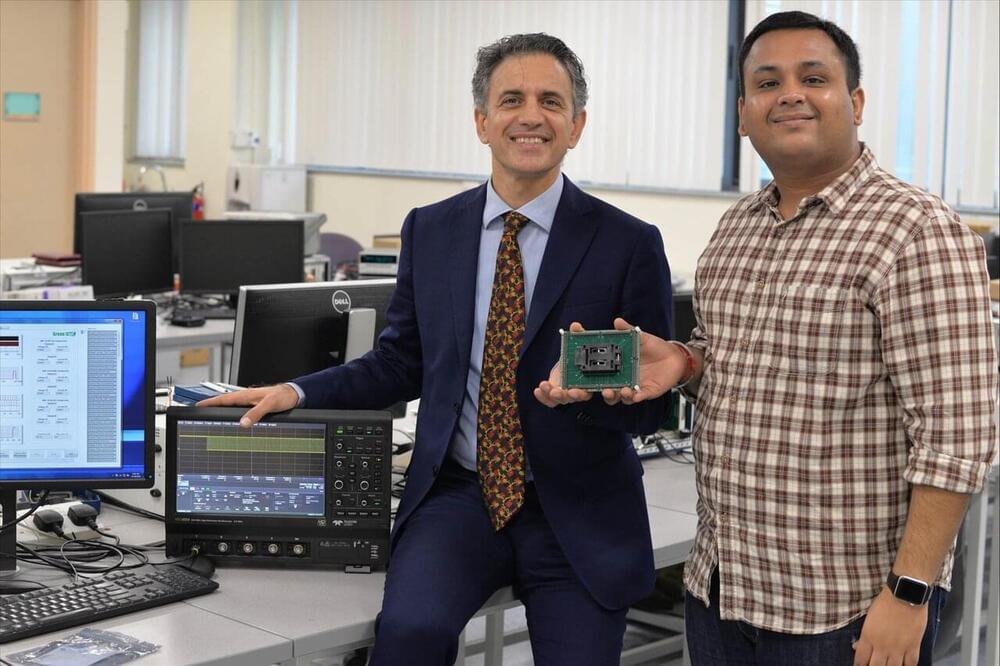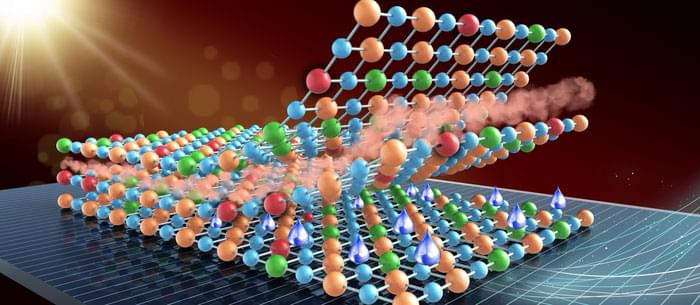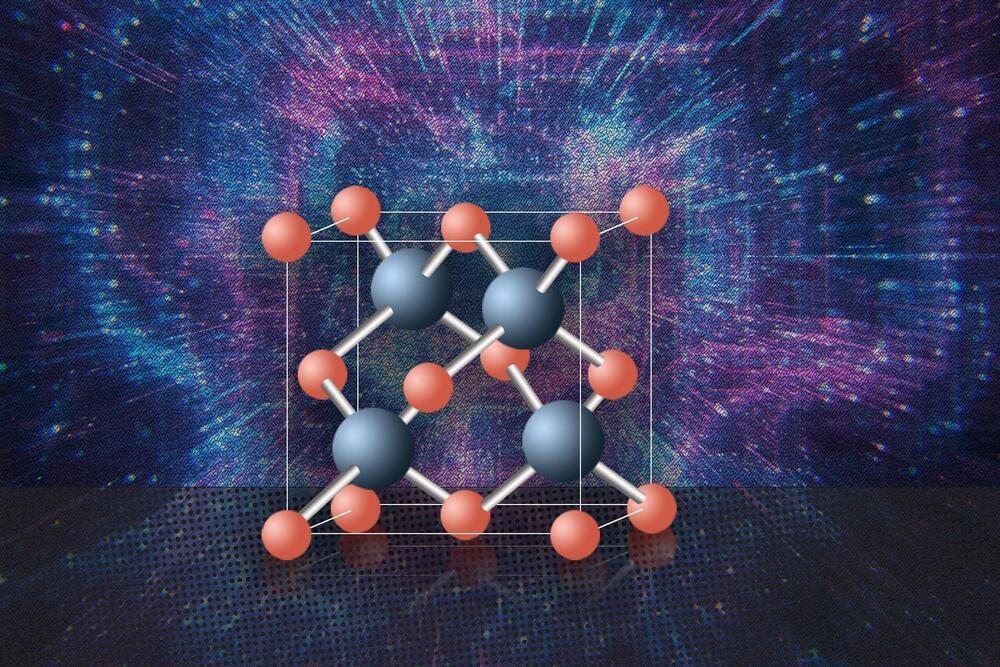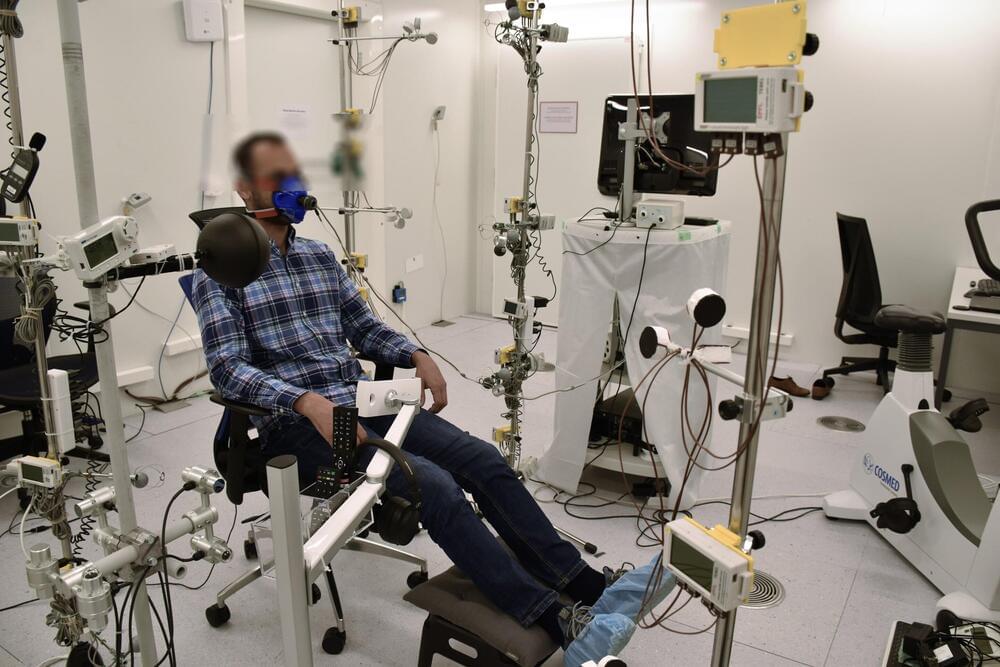A novel bioremediation technology for cleaning up per-and polyfluoroalkyl substances, or PFAS, chemical pollutants that threaten human health and ecosystem sustainability, has been developed by Texas A&M AgriLife researchers. The material has potential for commercial application for disposing of PFAS, also known as “forever chemicals.”
Published July 28 in Nature Communications, the research was a collaboration of Susie Dai, Ph.D., associate professor in the Texas A&M Department of Plant Pathology and Microbiology, and Joshua Yuan, Ph.D., chair and professor in Washington University in St. Louis Department of Energy, Environmental and Chemical Engineering, formerly with the Texas A&M Department of Plant Pathology and Microbiology.
Removing PFAS contamination is a challenge
PFAS are used in many applications such as food wrappers and packaging, dental floss, fire-fighting foam, nonstick cookware, textiles and electronics. These days, PFAS are widely distributed in the environment from manufacturing or from products containing the chemicals, said Dai.








